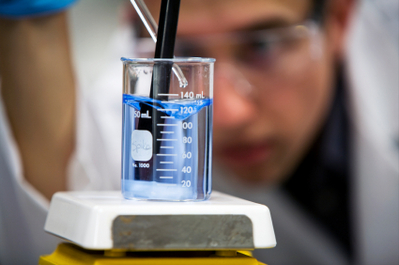- 2023 Annual Drinking Water Quality Report
- 2022 Annual Drinking Water Quality Report
- 2021 Annual Drinking Water Quality Report
- 2020 Annual Drinking Water Quality Report
- 2019 Annual Drinking Water Quality Report
- 2018 Annual Drinking Water Quality Report
- 2017 Annual Drinking Water Quality Report
- 2016 Annual Drinking Water Quality Report
We're pleased to present to you this year's Annual Drinking Water Quality Report. This report is designed to inform you about the quality water and services we deliver to you every day. Our constant goal is to provide you with a safe and dependable supply of drinking water. We want you to understand the efforts we make to continually improve the water treatment process and protect our water resources. We are committed to ensuring the quality of your water. The sources of drinking water (both tap water and bottled water) include rivers, lakes, streams, ponds, reservoirs, springs, and wells. As water travels over the surface of the land or through the ground, it dissolves naturally occurring minerals and, in some cases, can pick up substances resulting from the presence of animals or from human activity. Our water sources are wells that pump from the Alluvial and Quaternary System Aquifers.

Our constant goal is to provide you with a safe and dependable supply of drinking water... We are committed to ensuring the quality of your water.
Contaminants that may be present in source water include: Microbial contaminants such as viruses and bacteria, which may come from sewage treatment plants, septic systems, agricultural livestock operations, and wildlife; Inorganic contaminants such as salts and metals, which can be naturally occurring or result from urban stormwater runoff, industrial or domestic wastewater discharges, oil and gas production, mining, or farming; Pesticides and herbicides which may come from a variety of sources such as agriculture, urban stormwater runoff, and residential uses; Organic chemical contaminants including synthetic and volatile organic chemicals, which are by-products of industrial processes and petroleum production, and can also come from gas stations, urban stormwater runoff, and septic systems; Radioactive contaminants which can be naturally occurring or be the result of oil and gas production and mining activities.
The Arkansas Department of Health has completed a Source Water Vulnerability Assessment for Jonesboro City Water & Light. The assessment summarizes the potential for contamination of our sources of drinking water and can be used as a basis for developing a source water protection plan. Based on the various criteria of the assessment, our water sources have been determined to have a low to medium susceptibility to contamination. You may request a summary of the Source Water Vulnerability Assessment from our office.
In order to assure tap water is safe to drink, EPA prescribes regulations which limit the amount of certain contaminants in water provided by public water systems. Food and Drug Administration (FDA) regulations establish limits for contaminants in bottled water which must provide the same protection for public health.
Some people may be more vulnerable to contaminants in drinking water than the general population. Immuno-compromised persons such as persons with cancer undergoing chemotherapy, persons who have undergone organ transplants, people with HIV/AIDS or other immune system disorders, some elderly, and infants can be particularly at risk from infections. These people should seek advice about drinking water from their health care providers. EPA/CDC guidelines on appropriate means to lessen the risk of infection by cryptosporidium and other microbiological contaminants are available from the Safe Drinking Water Hotline (800-426-4791).
If you have any questions about this report or concerning your water utility, please contact the Laboratory Supervisor, at 870-935-5581, ext. 389. We want our valued customers to be informed about their water utility. If you want to learn more, please attend any of our regularly scheduled meetings. They are held on the last Monday of each July at 3:00 PM in the City Water & Light Service Building located at 105 West Johnson Avenue in Jonesboro.
